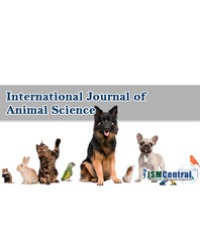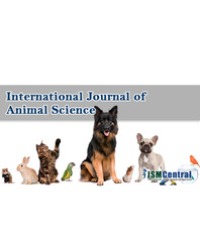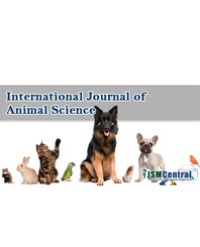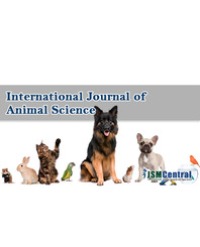
Distinct MicroRNA Signatures for Mastitis Measured in Milk Following Natural Exposure in Dairy Herds
Mastitis, a global endemic disease in dairy cattle, not only adversely impact milk production/quality leading to increased economic loss to farmers, it poses a consumer health issue as the milk may be unfit for human consumption due to pathogen contamination. Use of Somatic Cell Count (SCC) as an indicator of mastitis may be insufficient for effective diagnosis of disease. MicroRNAs (MiRNAs) are increasingly recognised as promising alternative indicators of mastitis. In this study, we identified circulating miRNAs differentially expressed in milk of mastitic cows after ‘natural levels of exposures’ and in response to different causative agents ‘on farm’. Using a miRNA microarray based approach we found at least 26 miRNAs as generic indicators of clinical mastitis; 7 of which may also be early mastitis indicators. We further identified 27 miRNAs unique to S Uberispositive (SU) mastitis, including miR-320a/b which has been linked to modulation of trained immune activity. Three differentially expressed miRNAs were unique to mastitis positive for Coagulase Negative Staphylococcus (CNS), and a further 5 miRNAs were unique to SU and CNS mastitis group comparison. Our study design differs from the existing literature which reports the effects of either exogenous dosing with a singular agent or of dosed exposures in the context of single cell types (which individually contribute in only very minor ways to SCC) in an empirical ex vivo setting. Collectively, the differentially expressed miRNAs we have identified are high confidence biomarkers for detection of mastitis (even when asymptomatic), assessment of clinical status and identification of causative agent.
Sherry Ngo¹*, Stephanie Moloney¹, Xiaoling Li¹, Lorna McNaughton², Partridge A³, and Allan Michael Sheppard¹




